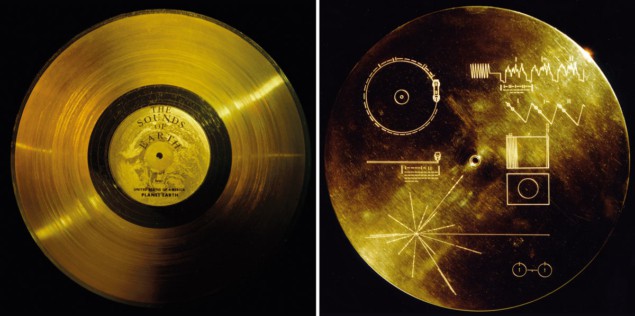Qamar Scott reviews Extraterrestrial Languages by Daniel Oberhaus

Despite the advent of radio astronomy in the early 20th century, and the ability to listen to our galactic neighbours, it’s not obvious that anyone wants to be heard, and it’s not obvious that anyone is saying anything. The silence is felt. But this hasn’t stopped scientists entertaining this notion: if there is intelligent life out there, could we understand each other? And if we could, how would we? That’s the crux of science writer Daniel Oberhaus’s new book Extraterrestrial Languages.
Oberhaus gives a comprehensive overview of attempts at designing interstellar messages, contemporarily known as METI (messaging extraterrestrial intelligence) and contrasted with SETI (search for extraterrestrial intelligence). The early endeavours were varied (Morse code, giant solar mirrors), if not outlandish (flaming kerosene-filled craters in the Sahara). But each had value in reflecting the Zeitgeist of the culture that devised it.
More recent ideas include jocular artificial-intelligence chat-bots, self-explanatory computer software and natural language corpora transmitted in binary. Throughout, Oberhaus shows how important both the form and content of METI really are.
Integrating linguistics, philosophy, biology, mathematics and even animal studies, I felt the complexity that a lingua cosmica would rightly entail. Many of the related concepts are easy to understand, such as mathematical Platonism – maths is a language of the universe independent of mind – and the Formalist approach, which says that mathematical phenomena are derived via biased observers.
A mathematical background will therefore help with concepts such as Zipf’s law and Lambda calculus, which, lacking concrete definitions, might disorient readers (though the sizeable appendix will be useful). This doesn’t detract from the accessible tone of the book, however, which touches on landmark attempts at interstellar communication including the Arecibo transmission of 1974, the Voyager 1 and 2 craft launched in 1977, and the Cosmic Call broadcasts of 1999 and 2003 – the latter spurring renewed interest in the search for extraterrestrials.
Each chapter piqued my interest with its technical and practical implications. For instance, Lancelot Hogben’s Astraglossa – the first symbolic system designed for interstellar communication, presented to the British Interplanetary Society in 1952 – raises concerns over whether a message should be self-interpreting given the unfathomable timescales involved in interstellar travel. And, considering the transient nature of human knowledge, how fundamental (i.e. non-human) should the contents of a message be? What would constitute a language of the universe? Each dilemma adds to the “meta” quality of the book, which I found stimulated my reading and was a clear signal of Oberhaus’s scholarship.
The text is meticulously researched and serves as a useful entry to various academic disciplines. Oberhaus swiftly fleshes out each point of contention in METI’s controversial history. This is especially salient in the final chapter on the ethics of METI. Here Oberhaus considers: Is it safe? Is it worth the investment? Who should speak for Earth, and should they tell the truth?
I came away from Extraterrestrial Languages with more questions than answers. But I am sure I won’t be the only reader who will find themselves left with a sense of the nuance and uniqueness of human experience, represented in our attempts at interstellar communication past, present and future.



